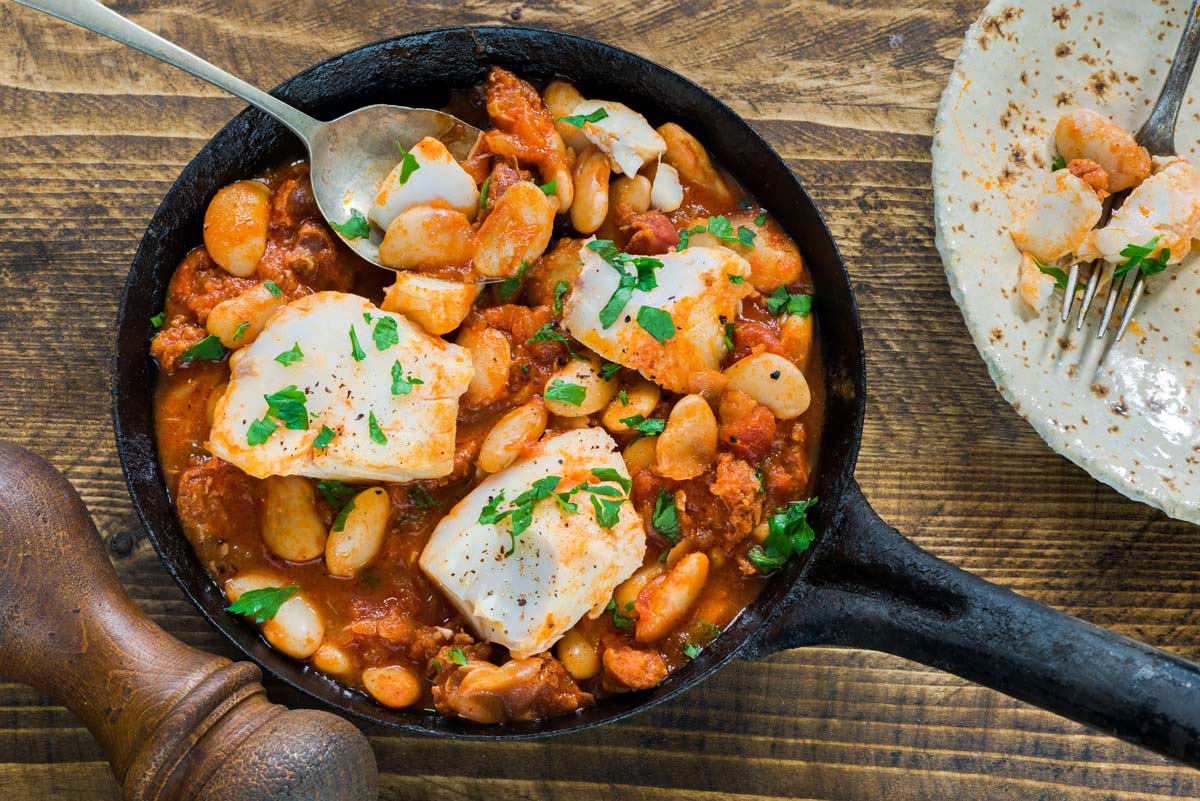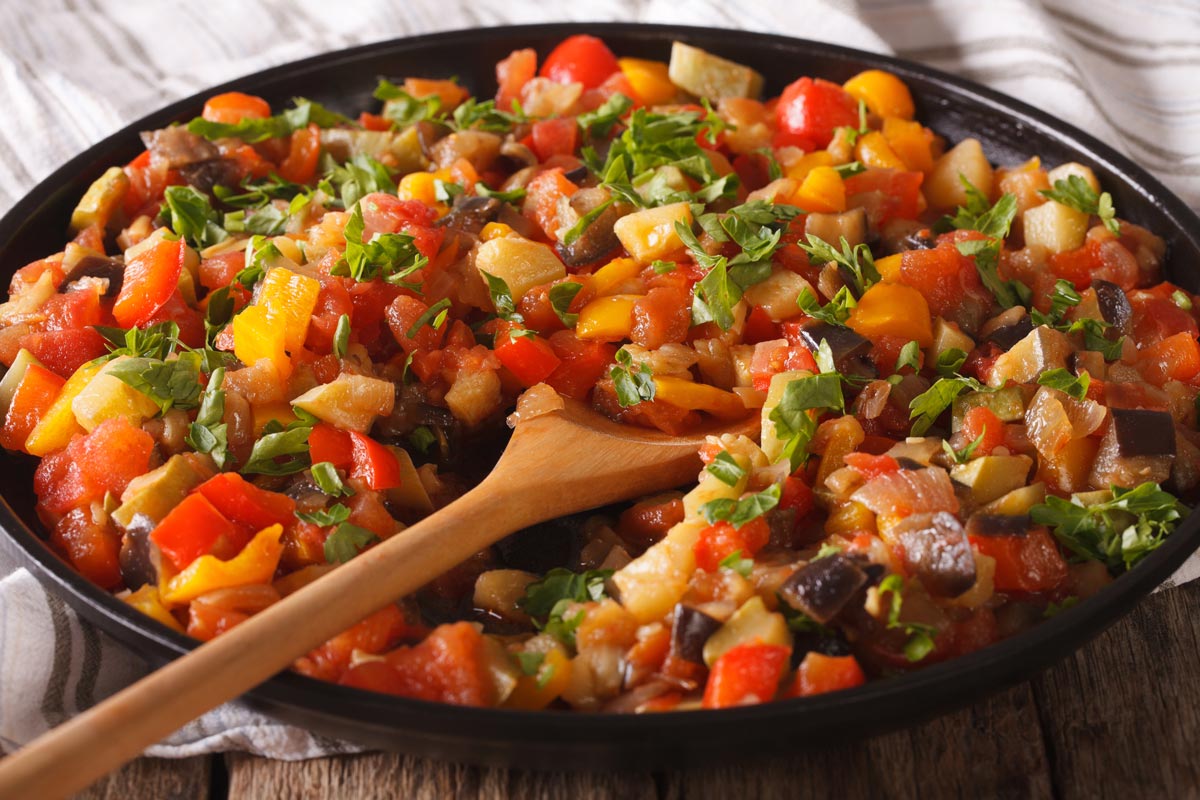Adapted from Cortez-Ribiero et al (2022) and an article by Liji Thomas, MD, in News Medical, January 3, 2023
Numerous studies have shown that olive oil can have positive effects on pregnancy.
A recent systematic review published in the journal Nutrition Research is the first to summarize the evidence for the protective effects of EVOO consumption on maternal-fetal health.
Introduction
Nutrition plays a vital role in the health of a pregnant woman and the outcome of her pregnancy. Olive oil is a healthy source of monounsaturated fatty acids (MUFAs) and phytochemicals such as polyphenols that promote favorable outcomes in pregnancy. In addition, olive oil is linked to lower rates of gestational diabetes mellitus (GDM), preeclampsia (a sudden, dangerous rise in blood pressure), and small-for-gestational-age (SGA) or large-for-gestational-age (LGA) infants.
A systematic review included nine studies from Europe, the UK, and Argentina, conducted between 2008 and 2020. Study sizes ranged from 30 to 35,000 women.
- Six studies were interventional, including five randomized controlled trials, and three were observational (case-control or cohort studies).
- Maternal-fetal outcomes evaluated included SGA, LGA, GDM, premature birth, preeclampsia, and cardiovascular risk.
- The intervenional studies evaluated the effects of EVOO, while the observational studies did not specify the grade of olive oil.
What did this study show?
- EVOO in particular, and olive oil in general, is associated with a reduction in the risk of maternal and fetal adverse effects, including GDM, SGA, LGA, prematurity, and preeclampsia.
- EVOO supplementation was associated with favorable cardiovascular effects in pregnancy, including a decrease in triglyceride levels.
What are the implications?
- SGA increases the risk of poor fetal outcomes, while LGA increases the risk of birth complications. Both SGA and LGA were reduced in association with EVOO intake.
- Both GDM and prematurity were reduced in one or more of the interventional studies. The anti-diabetic effects of EVOO may be attributed to the activity of polyphenols, which can improve insulin sensitivity.
- Two studies evaluated the risk of preeclampsia: increased EVOO consumption reduced the risk in one study; the other did not find a reduced risk of preeclampsia but reported a reduction in gestational weight gain, a risk factor for preeclampsia.
This systematic review is an important, first-of-its-kind summary of the evidence that EVOO can confer protective effects on pregnancy outcomes. More studies focusing on the impact of olive oil consumption on maternal-fetal outcomes are needed.
Reference: Cortez-Ribeiro, AC et al. Olive oil consumption confers protective effects on maternal-fetal outcomes: a systematic review of the evidence. Nutr Res. 2022;110:87-95. doi.org/10.1016/j.nutres.2022.12.013.



